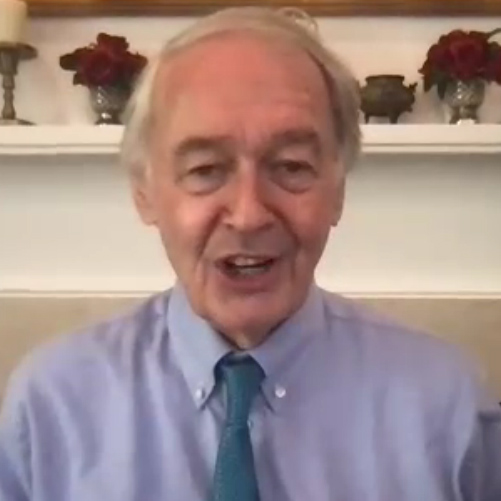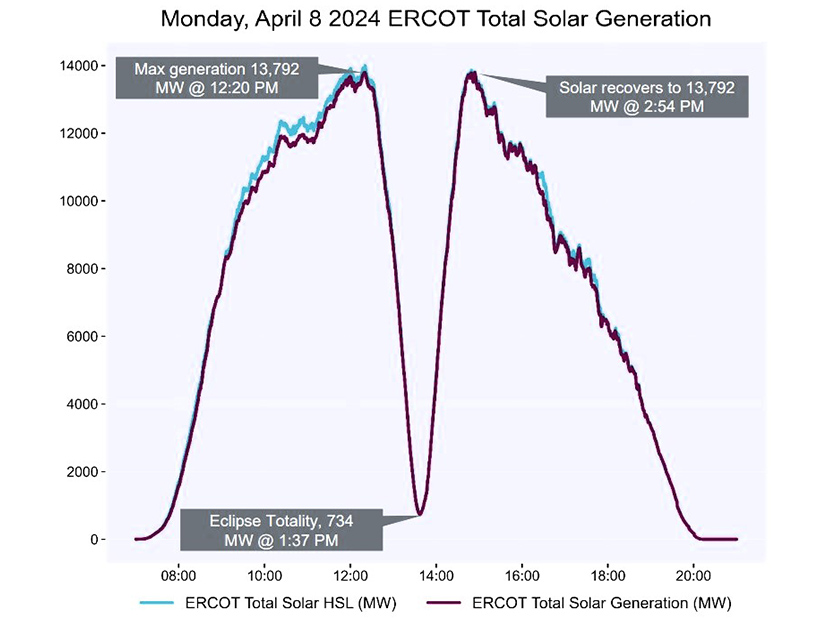California energy officials are attempting to calculate the “nonenergy benefits” (NEBs) and social costs of decarbonizing the state’s electricity grid.
This assessment is a provision of California’s Senate Bill 100, which requires 100% of electric retail sales be supplied by renewable and zero-carbon resources by 2045.
In an April 16 California Energy Commission (CEC) workshop, regulators and advocacy groups dove into the complexities of modeling for and evaluating NEBs, which “represent an array of diverse impacts of energy programs and projects beyond the generation, conservation, and transportation of energy,” according to the CEC.
“All Californians have a stake in this process as we move forward and envision what the world will look like and think about the impacts on health, air quality, greenhouse gas emissions, and of course, how we think about electricity bills and the Californians who are bearing the cost of the energy transition,” said Alice Reynolds, president of the California Public Utilities Commission (CPUC).
In February, a collection of state and local organizations, including the Center for Biological Diversity, the California Environmental Justice Alliance and the Local Clean Energy Alliance, petitioned the CEC to adopt an order requiring the integration of NEBs and social costs into resource planning and decision-making processes.
“The CEC is long overdue in satisfying statutory mandates to consider NEBs and social costs in its decision-making,” the petition states. “Until the agency does, the CEC’s decisions will continue to ignore the local environmental impacts — that fall disproportionately on disadvantaged and other environmental justice communities — of energy production and contribute to leaving the same communities behind in the clean energy transition, risking the overall achievement of SB 100 and other state climate policy.”
SB 100 requires the CEC, CPUC and the California Air Resources Board (CARB) to issue a joint report every four years. The next report, expected in January 2025, will be the first to formally include NEBs and social costs.
Decarbonization Will Bring ‘Vast Health Benefits,’ CARB Finds
Integrating analysis of NEBs and social costs into resource planning and SB100 implementation is a collaborative effort, and each agency discussed its anticipated tools and planning methodologies.
Bonnie Holmes-Gen, health and exposure assessment branch chief at CARB, presented tools used in the board’s 2022 Scoping Plan, which sets a 2045 decarbonization goal, that will be central to analyzing NEBs and social costs, including a health analysis conducted for all rules the board considers.
Central to the analysis is the “incidence-per-ton” method that assesses the health benefits of emissions regulations and resultant avoided health outcomes, including asthma, cardiovascular problems and death. CARB used this methodology in its Scoping Plan to analyze the impacts of direct and indirect particulate matter and nitrous oxide pollution associated with fuel combustion., It estimated the regulations needed to meet 2045 climate goals would result in $200 billion in healthcare savings, almost 2,000 cases of reduced mortality, thousands of avoided hospital visits and more than 300,000 cases of reduced asthma symptoms.
CARB used a Climate Vulnerability Metric to identify the economic costs of climate impacts, referred to as the social cost of carbon. The method applies a dollar amount to the long-term damage done by one ton of greenhouse gas emissions in a given year and represents the value of damages avoided by reducing emissions. Using this tool, CARB estimated implementation of the Scoping Plan would avoid $6.5 billion to $23.9 billion in climate damages by 2045.
“In comparison to the estimated direct costs for the Scoping Plan, this provided a very clear picture of the vast health benefits for action that far outweigh the costs,” Holmes-Gen said.
CARB plans to apply these tools to the NEB and social cost assessment for the 2025 report.
CEC’s standard capacity expansion and production cost modeling will produce data that can feed into the nonenergy impacts analysis, as well, said Liz Gill, reliability branch manager at CECs Energy Assessments Division. However, the modeling done so far is at a balancing authority area level, so the data will need to be downscaled. The modeling results also do not include power plant locations.
“This means that without carefully vetted downscaling, we can’t evaluate, for example, how much reduced generation from gas plant X might impact the air quality and community and why,” Gill said. “So, if you take anything away from today’s workshop, that should be that data granularity is really the primary challenge in determining energy impacts at a community scale for this state-level analysis.”
CPUC Approach
The CPUC’s Integrated Resource Planning process is central to procuring the clean resources needed to provide societal benefits, said Dan Buch, energy division branch manager at CPUC. Utility code requires the commission to consider certain societal nonenergy impacts in its cost-effectiveness tests, which are another key tool that could be used to analyze NEBs.
In 2019, the commission authorized a pilot for a societal cost test, which uses values for avoided air pollutants, the social cost of carbon and a social discount rate to identify costs associated with certain resources.
But using the test did not lead to increases in renewable resources or distributed energy resource (DER) procurement, the presentation reads.
“The key finding was that using a societal cost test instead of a more traditional test, like a total resource cost test … didn’t actually lead to significant changes in procurement,” Buch said.
The societal cost adders are similar to the commission’s payments to meet greenhouse gas abatement targets and didn’t change the mix of DER and supply-side resources, he said. And because many clean energy programs and new resources are ratepayer funded, costs must be considered carefully.
“I think the key here is that prudent investments reduce system costs. Other investments that don’t reduce system costs need to be considered very closely because we are certainly facing some affordability challenges in California,” Buch said. “Things that are driving up utility rates both increase that pressure and make it harder for us to induce electrification decisions among customers.”
Perspective from Environmental Groups
Instead of relying on ratepayers, Mohit Chhabra, senior analyst at the Natural Resources Defense Council, suggested funding alternatives, such as the general budget, tax revenues or cap-and-trade programs.
“Higher electric rates mean higher bills. And it also means electricity is more expensive relative to fossil fuels,” Chhabra said. “High rates impact people on the income scale differently.”
Roger Lin, senior attorney at the Center for Biological Diversity’s energy justice program, has a different take.
“I’d like to challenge the assumption that DERs that deliver more community benefits and avoid harms increase rates,” he said. “We need to move past pitting public health and the environment against affordability.”
Rates began to increase in 2013, before the state set official electrification goals, Lin said, resulting in what he refers to as “the big mystery” of skyrocketing prices for power over the past decade.
Lin also disagreed with the CPUC’s analysis that use of the societal cost test did not change the resource mix. The test, he said, is inherently flawed, because it does not consider the millions of dollars in Energy Savings Assistance program funds available and relies on the assumption that ratepayers will fund everything.
“The test results and the methodology assume that only ratepayer funds were used and no federal or state subsidies. Of course, [decarbonization is] going to increase rates if you ignore all these subsidies that especially target disadvantaged communities,” Lin said in an interview with NetZero Insider. “Just assuming that other ratepayers are going to foot the bill is incorrect because there are lots of targeted subsidies for those populations.”
Lin also took issue with the CPUC’s use of a standard value for human life in the test when determining how much an individual would pay to avoid sickness. Because the value is standardized, it doesn’t consider that disadvantaged populations likely would pay less to stay healthy than a wealthier demographic. The test also assumes gas plants, which adversely affect air quality and health outcomes, are not retired.
Excluding these factors leads to skewed results, Lin said, scoring energy projects highly that are considered cost-effective but have adverse social impacts.
“We know that the local air quality around power plants is worse … and so if we’re looking for improvements in local air quality, how can we really track those improvements if we’re assuming those pollution sources are still there? And so that’s why they’re like ‘there’s not that much of a benefit,’” he said. “There’s not that much of a benefit because you’re not taking out the thing that poisons people.”
CEC acknowledged the challenges associated with modeling for NEBs and social costs.
“I just want to say that this is one of those really difficult and nuanced topics,” said Commissioner Siva Gunda. “It really takes a lot of thoughtfulness in making sure we have a conversation that ultimately benefits the people of California and making sure we uplift every community as we go through our clean energy goals.”

